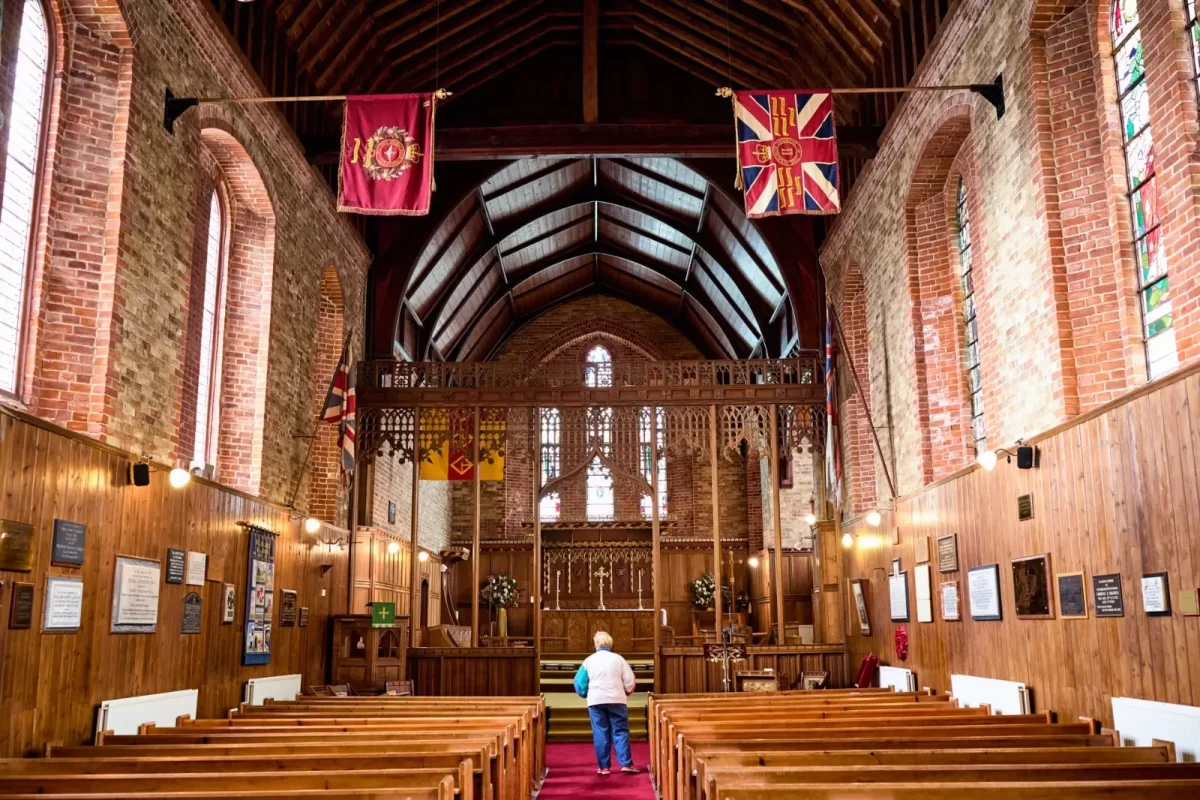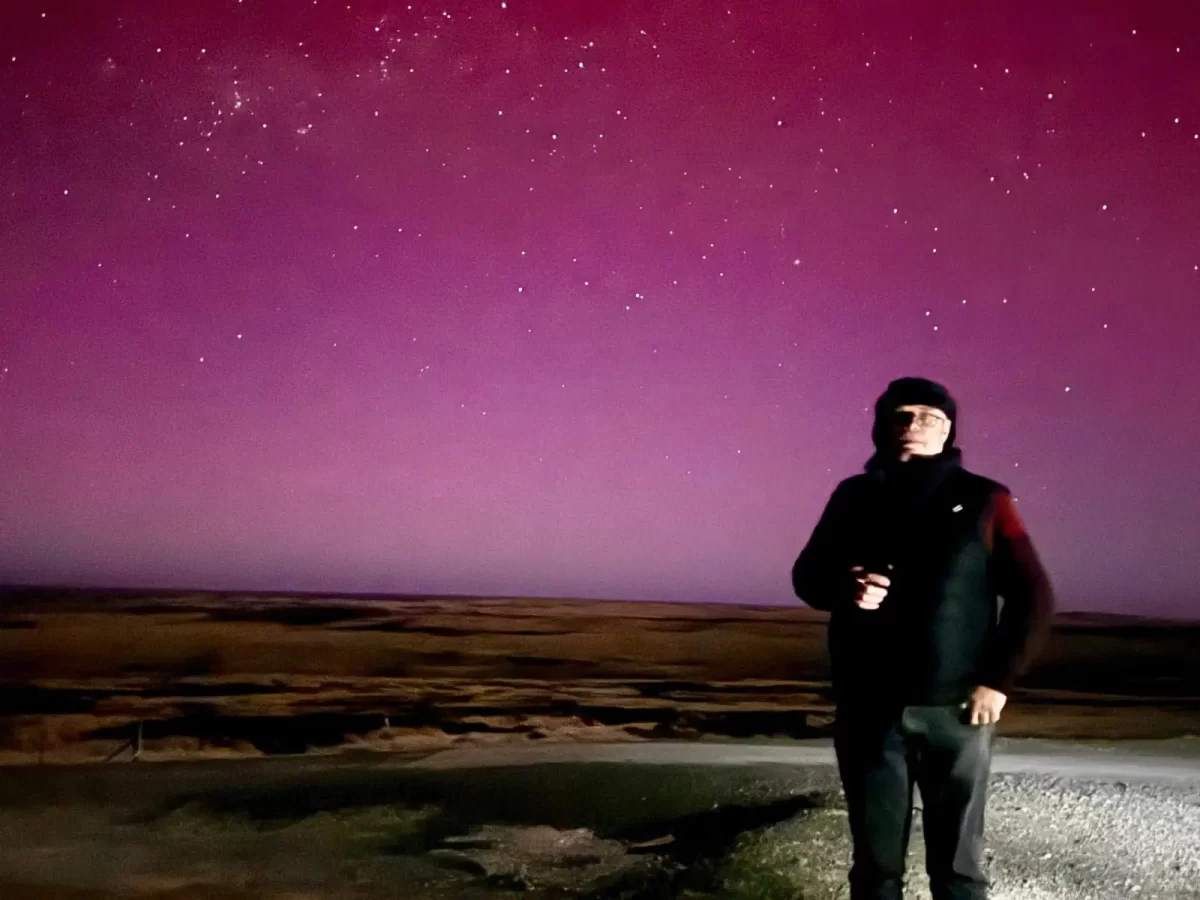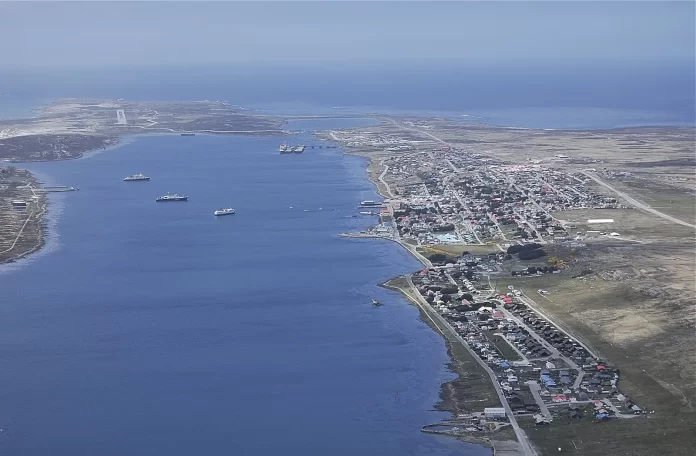Por: Gavin Shorts, Members of the Legislative Assembly (MLA), Falkland Islands***
Los apellidos Aldridges, Feltons, Smiths, Shorts, son los de las familias fundadoras de las Falkalnd ya tienen 175 años y siguen fuertes…el sábado 13 de octubre de 1849, el barco Victory de 578 toneladas, bajo el mando del capitán Mullens, procedente de Londres, Inglaterra, navegó por Port William. El navío que fue construido por Fenwick & Co, Sunderland en 1847 era propiedad de Willis, Gunn and Co. (la compañía identificada como H H Willis and Co) y más tarde propiedad de Wilson and Cook.
El barco trajo a las Falkland una carga bastante variada; según los registros de nuestros archivos, llegó con “pensionados, etc., es decir, 134 hombres, mujeres y niños; con un cargamento de casas y enseres”. El barco no era ajeno al transporte de inmigrantes, ya que llevó a algunos de los primeros colonos a Dunedin en Nueva Zelanda.
¿Quiénes eran estas almas aventureras y por qué estaban aquí en las Falkland? Para responder a eso debemos retroceder un poco.
Se tomó la decisión de trasladar la capital de Port Louis a lo que ahora se conoce como Stanley (anteriormente Port Jackson). El trabajo comenzó en Stanley en julio de 1843 y la mayoría de los colonos se trasladaron a finales de 1844, y se convirtió en la capital en julio de 1845 y su nombre también se cambió a Stanley ese mismo año.
Las autoridades sabían que necesitaban inmigrantes que fueran capaces de realizar un trabajo bastante extenuante en un entorno de clima hostil (incluso tener que construir sus propias casas), pero también que pudieran portar armas si surgiera la necesidad.
Un Memorando de Condiciones de la Oficina de Guerra sobre el cual se propone inscribir a los pensionados para el servicio en las Islas Falkland de 1849 establecía que: La edad máxima de los candidatos no debe exceder los 45 años y el número máximo de hijos no debe exceder los 4. Tarifas salariales de 1 chelín y 3 peniques diarios para un soldado raso, 1 chelín y 10 peniques diarios para un sargento, además de la pensión, desde el período en que salieron del hogar hasta el embarque. Transporte con fondos públicos para ellos y sus familias hasta el puerto de embarque, pasaje gratuito a las Islas
Falkland, comida gratuita a bordo y un cuarto de pensión por adelantado.
El memorando estipulaba que los pensionados vivirían en “casas de dos habitaciones valoradas en 50 libras cada una” que se enviarían en el mismo barco y en “grandes barracones valorados en 300 libras capaces de albergarlos con sus familias inmediatamente después de su llegada hasta que se hayan levantado las cabañas”.
La correspondencia posterior de la época sobre el asunto añadía un poco más: Al llegar a Stanley, los pensionados “vivirían en las cabañas y recibirían parcelas de 10 acres de tierra, y con derechos de pastoreo sobre una cantidad individual de tierra que no exceder las 100 hectáreas”. Los propios hombres estaban sujetos a la Ley de Motines y a los Artículos de Guerra y estaban sujetos en todo momento a ser llamados al servicio si sus servicios eran requeridos.
Posteriormente, en julio de 1850, después de la llegada de las familias, el secretario de Estado, Lord Gray, dijo al gobernador: “El objetivo de enviar a estos inmigrantes era proporcionar a la colonia un cuerpo de hombres que fueran capaces de utilizar las armas en caso de emergencia, y que al mismo tiempo sería capaz de vivir de su propia industria… al enviar este puñado de hombres, el objetivo no es formar un puesto fortificado, sino simplemente obtener la presencia de unos pocos firmes y súbditos leales entrenados en las armas, que podían reprimir cualquier tumulto repentino o repeler cualquier insulto de cualquier barco errante”.
A cargo de los nuevos inmigrantes estaba el capitán James Reid, junto con su familia, y contaba con la asistencia del sargento mayor Henry Felton. Una carta del gobernador George Rennie fechada el 2 de noviembre de 1849 al superintendente cirujano EW Day of Victory dice: «He ordenado al capitán Reid, en caso de que el tiempo lo permita, que todo el grupo desembarque esta tarde». Así comenzó la estancia de los pensionistas en las Islas Falkland.
Todo el séquito estaba alojado en el Cuartel que se puede ver hasta el día de hoy y en ese momento se decía que constaba de solo tres habitaciones, por lo que se puede suponer que las condiciones de vida mientras construían las casas de kit debieron ser bastante sombrías y había probablemente alguna que otra riña entre los recién llegados.
Las casas que construyeron y en las que vivieron todavía se pueden ver en Pioneer Row y Drury Street.
Los propios colonos firmaron un contrato de siete años que finalizaría en julio de 1856, y después serían libres de irse a otro lugar o quedarse si lo deseaban.
¿Qué llevó a estas familias al sur? Supongo que muchos, al igual que en otras partes del mundo, escapaban de la pobreza y buscaban construir una vida mejor para ellos y sus familias. En el caso del Short original, parece una elección extraña para alguien que fue inválido para salir del ejército porque sufría de “reumatismo crónico, los efectos del clima y el servicio militar”, así que sólo puedo suponer que estaba tratando de obtener lejos de una situación sombría en su país o pensó que éramos una especie de paraíso tropical.

Muchas familias -en ese entonces- encontraron que la vida aquí en las Falklands no era de su agrado y en 1853 trece de ellos firmaron una petición para ser trasladados a Tasmania, Australia o Nueva Zelanda, «prevaleciendo entre ellos mucho descontento». Según un informe del gobernador Moore de 1857, del destacamento original de 30 pensionados, siete habían muerto, once habían sido liberados de su compromiso y ya habían abandonado las islas, y cinco deseaban permanecer como colonos. Los siete restantes se marcharon en 1858.
Los que se quedaron fueron los Dower, Shorts, Smiths, Feltons y Hawkins (comúnmente escrito Hocking) y sus descendientes todavía están en las islas.
De los 30 apellidos que aparecen en la lista de quienes eligieron dirigirse al sur en 1849 sólo tres permanecen en uso aquí en las Falklands 175 años después y son: Felton, Smith y Short. Sin embargo, como suele ser el caso aquí en las Falklands, hay un ligero giro, ya que había otro apellido que no figuraba entre los que llegaron en el Victory. John Short conoció y se casó con Sarah Aldridge el 30 de julio de 1837 mientras estaba destinado en Jamaica. Sarah era viuda y tenía un hijo, Thomas Aldridge, de su primer matrimonio y creo que los Aldridge que hoy viven en las Falkland son descendientes directos de Thomas Aldridge, por lo que deberían ocupar con razón su lugar en la celebración de su 175 aniversario de vida en las Malvinas.
Si conoces a algún Short aquí en las Falkland, todos somos parientes y descendemos de John y Sarah. El propio anciano salió con un poco de estruendo, como está documentado en nuestros espléndidos Archivos Nacionales Jane Cameron: John, de 59 años y 11 meses y pensionado del 8º Regimiento de Kingstown, murió el 14 de marzo de 1866 a causa de una rotura del intestino provocado por la explosión accidental de un acero y fue sepultado el 18 de marzo de 1866 en la tumba D317. Había estado intentando extraer pólvora de un proyectil en Fairy Cove que explotó.

El destino del Victory que trajo a los primeros inmigrantes a las Falkland hace tantos años está envuelto en un velo de misterio. El whisky Johnnie Walker solía tener el eslogan de marketing “Johnnie Walker: Nacido en 1820, sigue siendo fuerte”; bueno, es posible que los Aldridge, Felton, Smith y Shorts hayan llegado un poco después de Johnnie Walker, pero, como buen whisky, todos hemos envejecido bien. y al igual que ese whisky, “todavía estamos fuertes” 175 años después.

***“Las opiniones emitidas por los columnistas e invitados, son de exclusiva responsabilidad de quienes las emiten y no representan necesariamente el pensamiento o la línea editorial de Infogate”.










